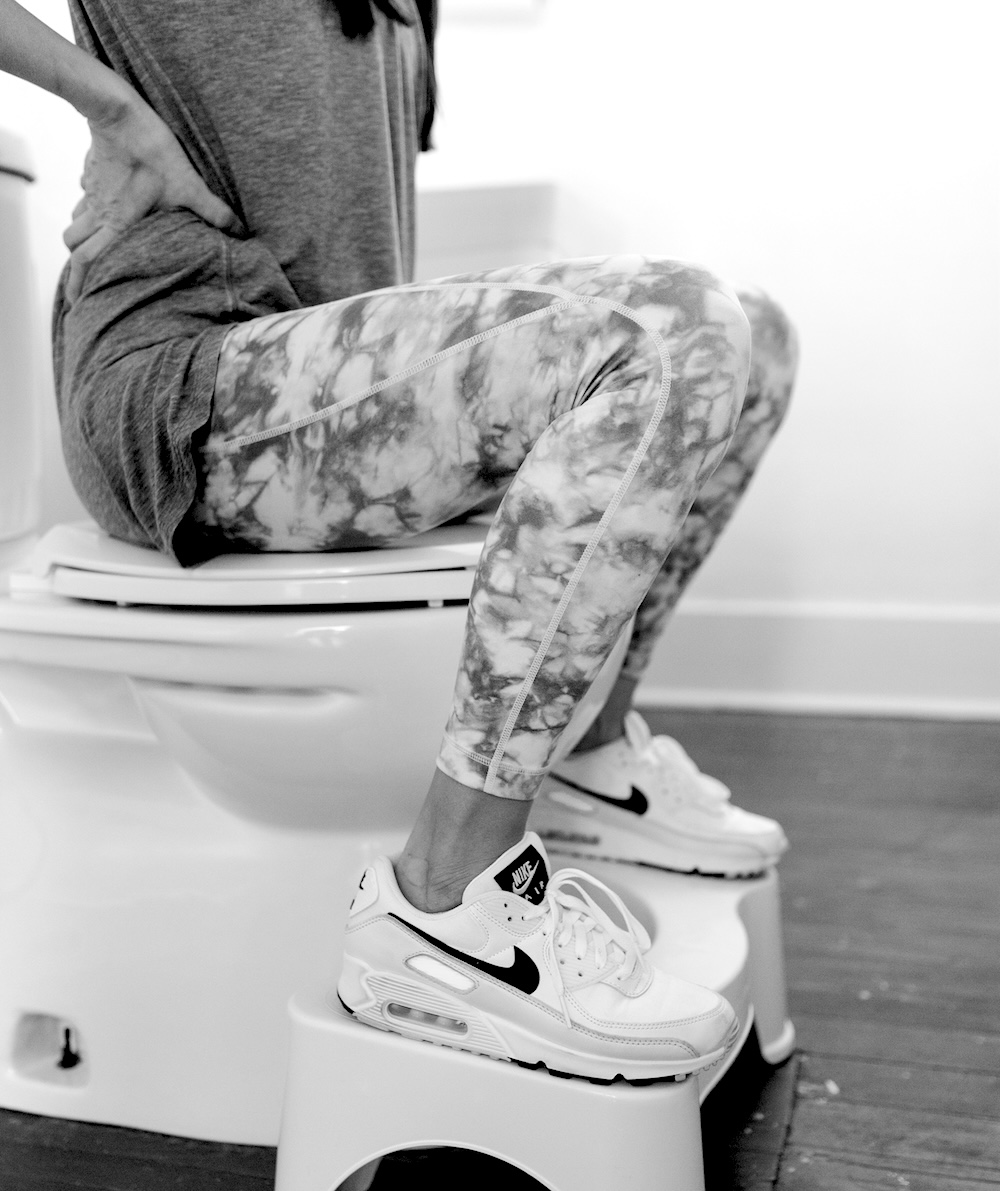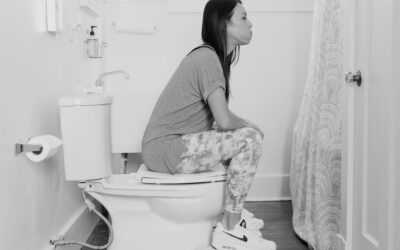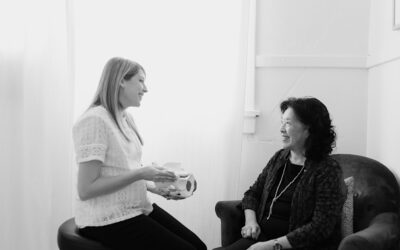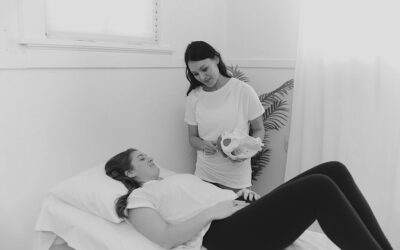Some beverages have quite a lot of vitamin P(ee). Alcohol certainly seems to be one of them. Is it all the water you’re drinking to prevent the next morning’s hangover? Or does alcohol actually make you pee more?
If you’ve ever experienced “breaking the seal” during a multi-drink adventure, you know exactly what I’m talking about. You head to the bathroom for a quick #1, and then it’s game-over: Every few minutes you have to excuse yourself again.
Let’s discuss alcohol, pelvic floor dysfunction, and what you can do about it!
Q: Does alcohol make you pee more?
A: Yes, you can expect extra bathroom trips when the alcohol is flowing.
First, alcohol is a diuretic. Diuretics promote increased water loss in the urine, so you’re likely peeing more–in volume and in frequency.
Diuretics signal your pituitary gland to stop making the antidiuretic hormone (ADH), which tells your kidneys to stop absorbing so much water. When alcohol suppresses the ADH hormone, you stop absorbing and start peeing!
You’re probably also peeing more because alcohol is a bladder irritant. That means it can stimulate the urge to pee before your bladder fills.
And that’s just in the short-term.
Long-term, excessive alcohol use can be a bladder no-no. The irritation and increased urine production decreases your bladder’s ability to perceive when it’s truly full. This can increase urinary urgency, frequency, and leakage. Especially if you delay urination and irritate your bladder!
These issues often come to the forefront as women age. So, if you feel like your bladder isn’t what it used to be, hormonal changes due to perimenopause might also be to blame!
Q: Are some drinks better than others?
A: Definitely.
Carbonated, caffeinated or sugary beverages are also diuretics and irritants. So those vodka sodas, rum and Cokes, and espresso martinis aren’t doing your bladder any favors.
If you are going to drink, try to avoid pairing with fizzy and/or sugary mixers!
Q: So, should I hold it?
A: Nope. You’re doing more harm than good!
Alcohol acts as both a diuretic and an irritant. It tricks your body into thinking it needs to go to the toilet. This happens even if you don’t actually need to go.
But if you feel the need to go, even if you know it’s probably just your beverages talking, don’t wait.
Delaying urination can lead to pain and discomfort in the bladder or kidneys. Holding in your urine can increase the risk of urinary tract infections (UTIs), bladder stretching, kidney stones, and pelvic floor tension.
So, don’t hold it.
But if you absolutely have to hold it in, like if you have a long walk to the potty, try to:
- Distract yourself.
- Take long, relaxing, deep breaths.
- Sit or stand as still as possible.
- Perform 5-10 pelvic floor contractions (Kegels) to quiet your bladder’s urge to urinate.
Q: How can I prevent urinary problems at my next party?
A: In addition to avoiding all the beverage-based irritants, you should also give your bladder some extra TLC.
#1 Avoid irritants when you can.
Avoid other irritants – like acidic or spicy food, artificial sweeteners, and sugary drinks or sweets.
#2 Keep timing in mind.
Don’t pee too soon. “Just in case” voiding (going just because it’s convenient) can contribute to bladder leakage in the long term. It mixes up the signals the bladder is trying to send to the rest of your body. Don’t get the wires crossed!
But don’t wait too long. Holding your pee is also a problem. It can overstretch your bladder and make it harder to know when you actually need to go.
And don’t rush. Power peeing, pushing, or straining puts extra pressure on your pelvic floor and core. Over time, this weakens your pelvic floor and can lead to bladder leakage.
#3 Avoid hovering.
Yes, even with public toilets. I know those places can be yucky. But hovering over the toilet seat clenches your pelvic floor and can make it difficult to fully empty your bladder! Getting in prime peeing position means actually sitting on the toilet.
#4 Drink more water.
This sounds like the opposite of what you should, right? Drinking more water can help decrease the diuretic effect, especially when alcohol is involved. So drink up! Properly hydrating and bladder health go hand-in-hand.
Q: I still can’t avoid breaking the seal. What next?
A: You might have a weak pelvic floor. In that case, it’s time to strengthen her up!
Your pelvic floor is a group of muscles that attach to your pelvis–the ring of bones near the base of your spine. These muscles support your rectum, reproductive organs, and your bladder. Your pelvic floor muscles also help to control the functions of these organs.
So, if we’re discussing the bladder muscles, we need to discuss the pelvic floor, too!
Strengthening your pelvic floor can generally help with bladder issues like frequency, urgency, and leakage. So, if you’re noticing these things when you’re not drinking alcoholic beverages, it might be time to give your pelvic floor some attention.
Boost your bladder health.
Does alcohol make you pee more? The V-Hive might be the perfect solution!
The V-Hive Membership is an online and on-demand workout platform for all things pelvic floor and core. If you’re new to the strengthening game, start with my Strengthening Series. This 12-week series will help strengthen your pelvic floor and help hold in those frequent pees. Start your 7-day free trial today!
Not sure if what you really need? Take my free Pelvic Floor Quiz to discover your best next step.





